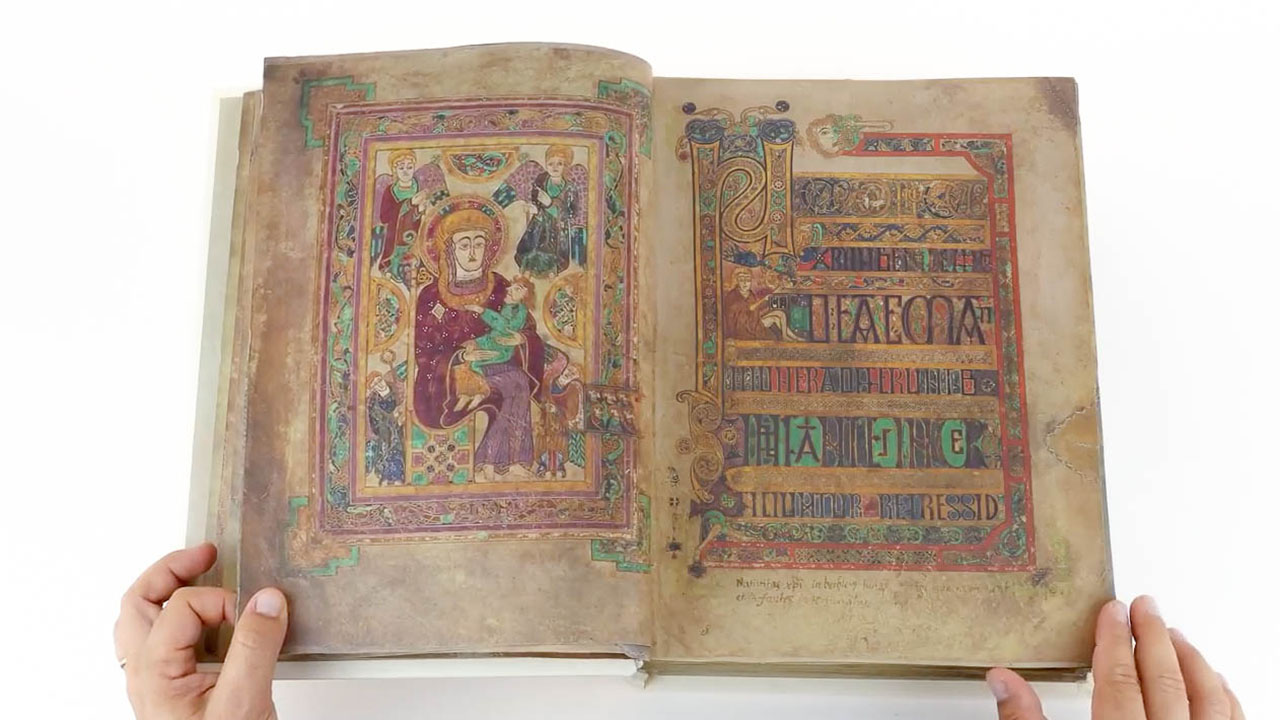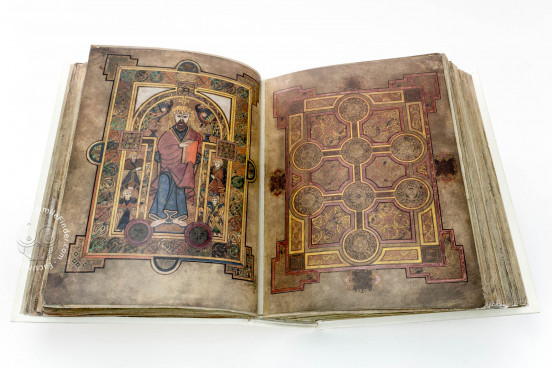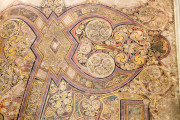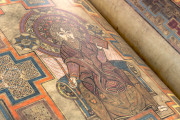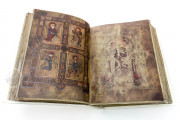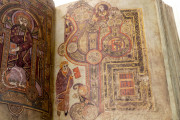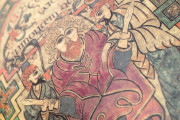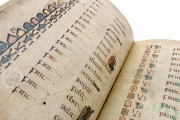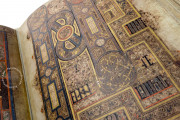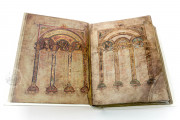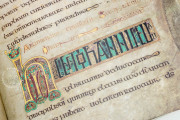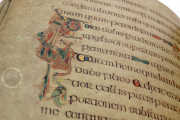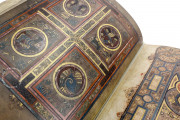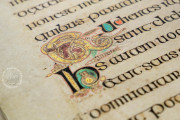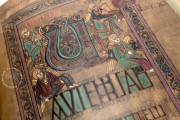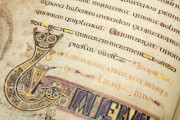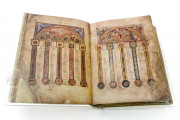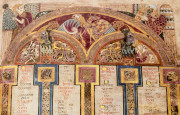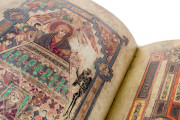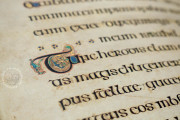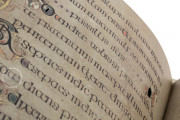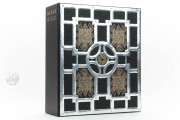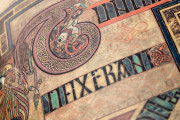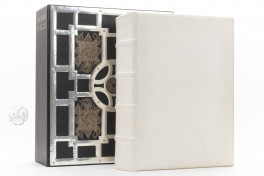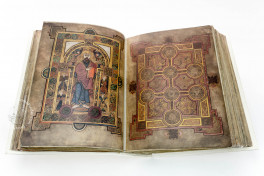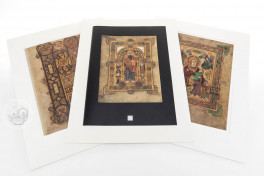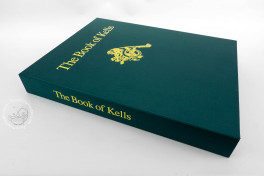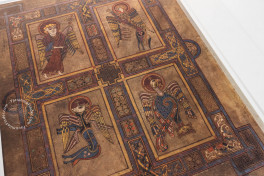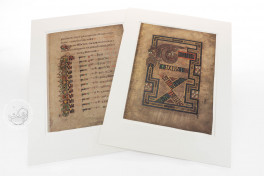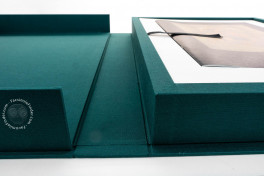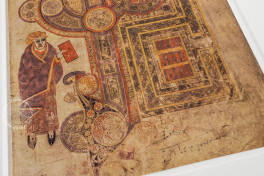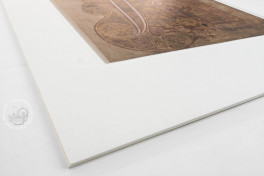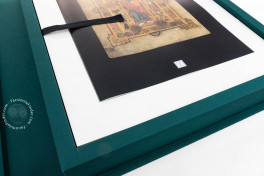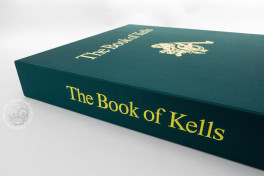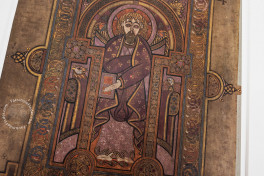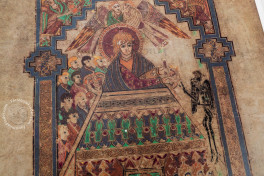The Book of Kells holds a special place in the history of Western art as a crowning achievement of the Insular manuscript tradition. The book of Christian scripture was created around 800, either at the monastic foundation on the island of Iona in modern-day Scotland or at the monastery at Kells in Ireland. The beautifully written text is enhanced on virtually every page with painted initial letters and line fillers. Twenty pages are given over entirely (or nearly so) to captivating painted embellishment, including three quasi-narrative scenes and three portraits.
What is the Book of Kells
The Book of Kells is a Gospel book, the complete Latin text of the accounts of Christ's life attributed to Saints Matthew, Mark, Luke, and John, preceded by canon tables presenting columns of numbers indicating the concordance of passages among the Gospels and other introductory material.
Book of Kells Illuminated Manuscript: A Masterpiece of Insular Art
The manuscript is best known for its glorious incipit pages, which masterfully blend word, image, and ornament. These appear at the beginning of each Gospel (fols. 29r, 130r, 188r, and 292r). Two follow a full-page portrait of the Gospel's author (fols. 28v and 291v). The other evangelist portraits have been lost (among eighteen lost leaves).
Passages beginning descriptions of key events in the life of Christ receive similar treatment. For example, the text describing Christ's entombment in the Gospel of Luke opens on a page with a painted frame that features a stylized dragon head; four angels—perhaps the archangels Michael, Gabriel, Raphael, and Uriel—surround and appear to sit on the stylized letters (fol. 285r).
Book of Kells Images
Representations of Christ
Christ is represented four times in the manuscript: as an infant in the lap of the Virgin Mary (fol. 7v), in a portrait with four angels and a pair of peacocks (fol. 32v), as he is arrested in the Garden of Gethsemane (fol. 114r), and when tempted by the Devil to jump from the roof of the Temple (fol. 202v). His large eyes (or, in the case of the infant, one represented eye) fix the viewer's attention.
The Evangelists and Their Symbols
The authors of the Gospels are associated with the four beasts of the Apocalypse, which in turn reflect the four beasts seen in a vision of the Hebrew prophet Ezekiel. The manuscript frequently pictures those beasts—human, lion, calf (or ox), and eagle—as a group. One miniature shows the four in separate quadrants accompanied by repeat depictions of that beast or one or two others, an ensemble probably intended to emphasize that the four Gospel narratives tell one story (fol. 129v).
The evangelist symbols and other creatures—many winged—appear throughout the manuscript: in miniatures, on incipit pages, and as isolated motifs between the lines of text. A human or animal animates nearly every page of text. The patterns formed by their fur and feathers are of seemingly infinite fascinating variety.
Beautiful Text
The text was written by four scribes in Insular Half-Uncial, an elegant majuscule script. Decorated initials, many of which feature interlace patterns and bird, animal, or human heads, are found on nearly every page. There is no true consensus whether any of the scribes can be identified with the book's principal artists, who probably numbered between three and five.
A Storied Journey to Dublin
According to legend, the manuscript was stolen from the monastery at Kells in 1007 and recovered, minus its bejeweled case. It was undoubtedly in Kells by the twelfth century when Irish-language texts pertaining to the monastery were added (fols. 6v-7r). In the seventeenth century, the manuscript was presented to Trinity College Dublin by Henry Jones (1605-1682), Bishop of Meath, and vice-chancellor of the college. In 1953 it was rebound into four volumes by Roger Powell (1896-1990).
We have 2 facsimiles of the manuscript "Book of Kells":
- Book of Kells facsimile edition published by Faksimile Verlag, 1990
- Book of Kells (Collection) facsimile edition published by Faksimile Verlag, 1999

